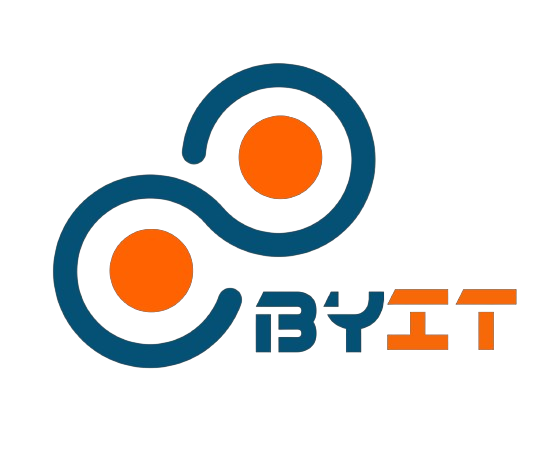Wireless data network and cabling services in Brakpan, including CAT 5, CAT 6, CAT 7, Ethernet, fibre optic, and access points installation.
We provide wireless data network services in Brakpan, including CAT 5, CAT 6, CAT 7, Ethernet, and fibre optic cabling, plus access points installation.
We specialize in wireless data network solutions and cabling in Brakpan, offering a wide range of services, including installation of CAT 5, CAT 6 & CAT 7 network cables, Ethernet cables, and fibre optic cabling. Our expertise extends to access points, CAT6 points, and cabinet installation & preparation for servers, switches, and routers. We also provide optical fibre and Wi-Fi solutions to ensure seamless connectivity for your business. Whether upgrading or building a new network, our professional team ensures reliable and scalable solutions tailored to your needs.






